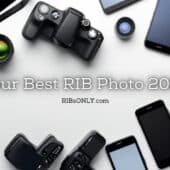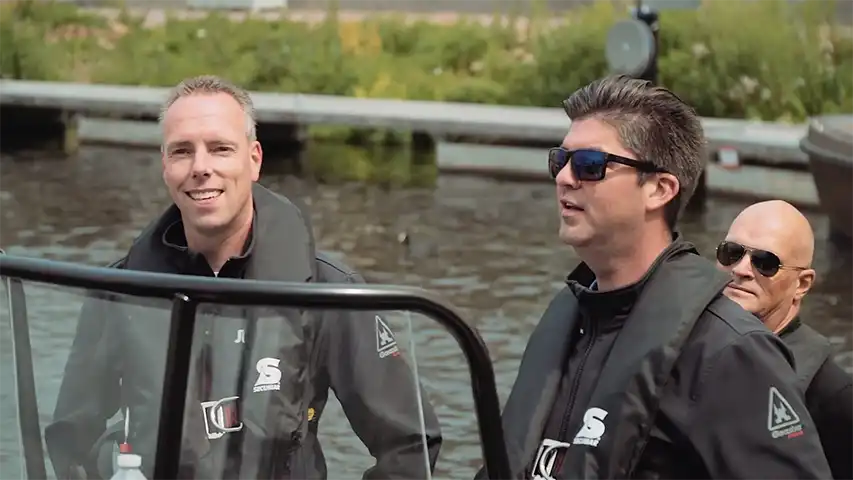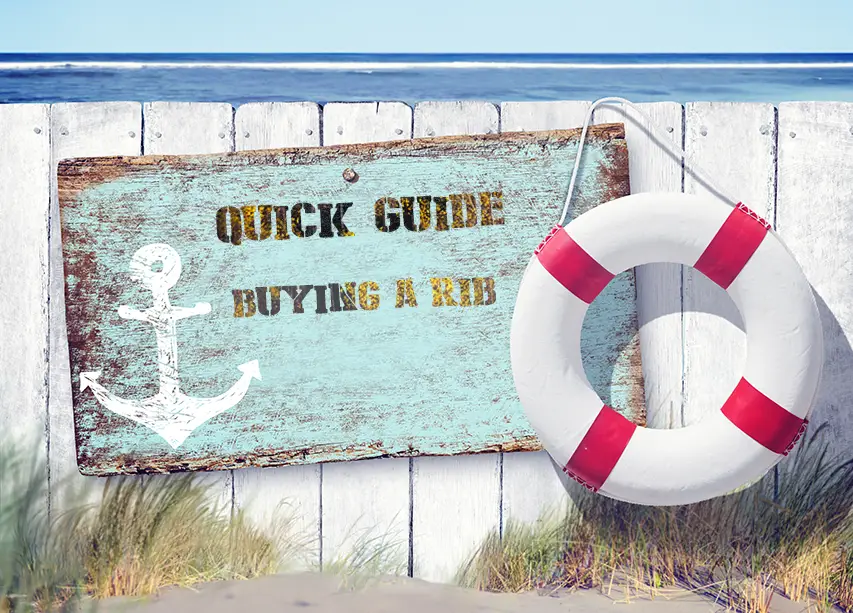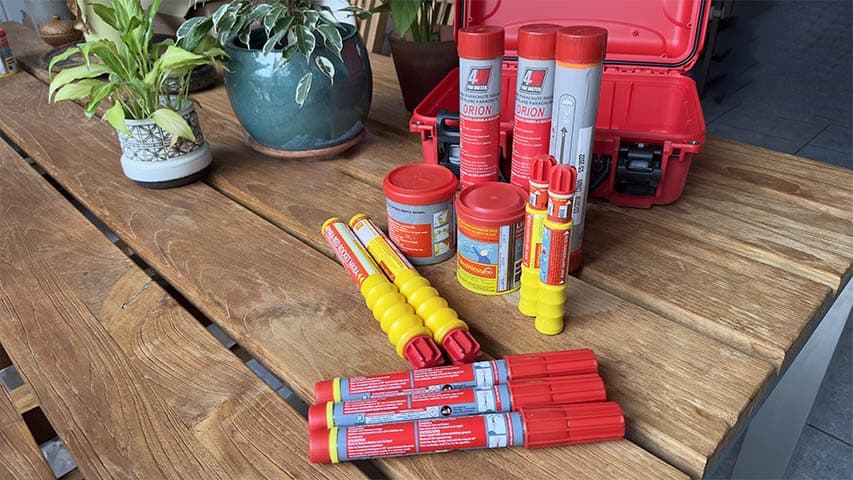
Read the Operating Instructions of Safety Equipment Beforehand
When operating a rigid inflatable boat (RIB), it’s crucial to have the right safety equipment on board to ensure the well-being of yourself and your passengers.
This article is part of the how-to series I’m writing about several aspects of going out with your RIB, a.o.:
Safe Passenger Transport on RIBs: 7 Essentials
How Do I Navigate Shallow Waters in a RIB: 10 Tips
How Do I Protect my RIB from UV Damage
Install Additional Seating or Storage on a RIB
What Engine Maintenance Tips Apply to RIBs
…
Here’s a list of 13 essential safety equipments for RIBs.
1. Life Jackets
Ensure that there are enough properly fitting life jackets for all passengers on board. Inflatable life jackets are a popular choice for their comfort and ease of movement.
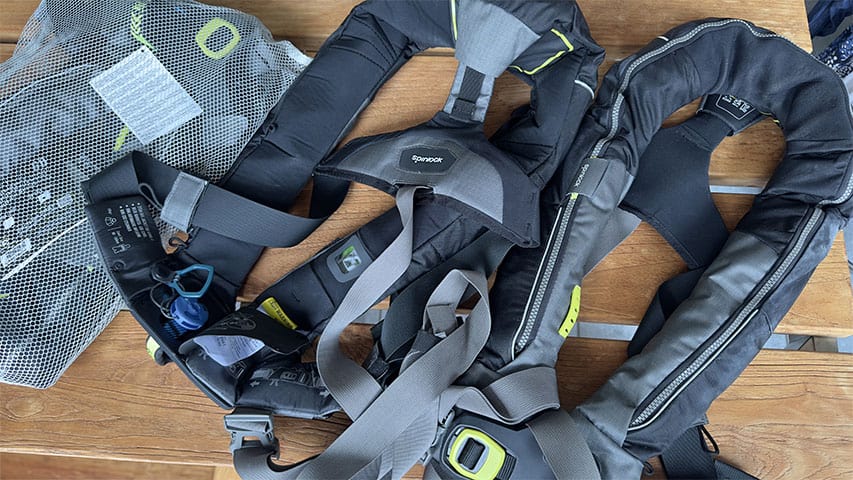
2. Throwable Device
Keep a throwable flotation device, such as a ring buoy or throwable cushion, readily accessible in case of emergencies.
3. Fire Extinguisher
First of all.
The fire extinguisher loses its capacity. So check the expiry date at least before the start of the boating season
Make sure you have a fire extinguisher on board to put out any fires quickly. Also place a fire extinguisher below deck.
See lower for which extinguisher is needed for which kind of fire hazard.
4. Visual Distress Signals
Carry visual distress signals, such as flares or signal flags, to alert other boaters or rescuers in case of emergency.
I securely store my visual signalling gear in a Nanuk case renowned for its unparalleled durability and safety features.
This ultra-robust enclosure ensures protection against impacts, water, and other environmental hazards, guaranteeing the integrity of my equipment during transport or storage.
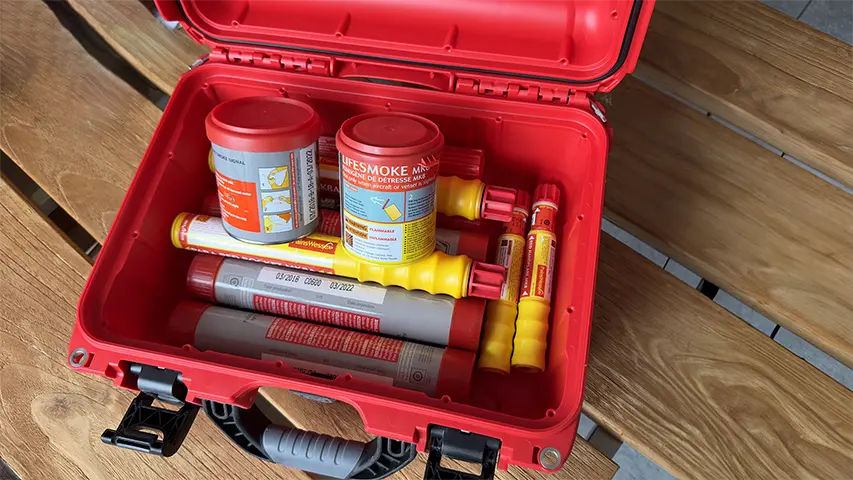
5. Sound Signalling Device
Keep a whistle or air horn on board to signal your presence to other vessels and attract attention in emergencies.
6. Navigation Lights
Ensure that your RIB is equipped with proper navigation lights for nighttime and low-visibility conditions.
Before setting out with your boat, it’s essential to check the weather forecast.
7. First Aid Kit
Have a well-stocked first aid kit on board to treat minor injuries and medical emergencies.
I previously wrote an article about this that you should definitely read. Often, the provided first aid kit is inadequate as safety equipment.
8. Anchor and Line
Carry an anchor and sufficient anchor line to secure your RIB in case of engine failure or strong currents.
This video shows how different types of anchors work.
How long should the anchor line be?
The chain actually is what keeps your boat anchored. So the longer the chain, the better. It is advisable to have a minimum chain length of 10 meters.
Another rule of thumb is .. If you use chain, you need 3 times the water depth. If using just a rope, you need 5 times the depth.
Regulations vary by country. I opt for a combination of chain and rope.
Although some manufacturers may claim that their anchor does not need chain, decades of anchoring research and testing prove otherwise.
9. Tool Kit
Keep a basic tool kit on board for minor repairs and maintenance tasks. Usually you get a minimal one.
10. Communication Device
Carry a VHF marine radio, fixed and portable, or a cell phone with waterproof case to communicate with other boaters and emergency services.
The difference between a call via a cell phone and a VHS radio, is that VHF radio call also reaches nearby boats as they are required to monitor channel 16, designated for emergencies.
So you might get help more quickly especially when you’re far out the coast.
11. Navigational Aids
Have a compass, GPS, or other navigational aids to help you navigate safely, especially in unfamiliar waters. Have updated paper maps also at hand.
12. Personal Locator Beacon (PLB)
if boating in remote or offshore areas consider carrying a PLB that can transmit your location in case of emergency and sends out a message to rescue services.
13. Emergency Procedures
Familiarise yourself and your passengers with emergency procedures, including man overboard drills and distress signal protocols.
By ensuring that your RIB is equipped with the essential safety equipment and following proper safety procedures, you can enjoy your boating adventures with peace of mind.
Match Extinguisher to Specific Fire Hazards
Some apply if you have a kitchen, a gas barbecue…
| Class | How to extinguish |
| A | Extinguishing solids such as wood, paper, textiles etc. Extinguish with: water, foam, ABC powder. |
| B | Extinguishing of liquids and liquefied substances, such as oil, petrol, fats, etc. Extinguishing with foam, BC powder, ABC powder, C02. Never water! |
| C | Extinguishing gases, such as butane, propane and natural gas. Extinguishing with BC powder, ABC powder, C02. |
| D | Extinguishing flammable metals, like magnesium, aluminium, sodium, potassium, zirconium, lithium, etc. Extinguishing metal fire powder. |
| E | Electrical fires: regarded as Class A/B fire, with development of (toxic) gases. Do not extinguish with water or foam. Switching off electricity (supply) is necessary. Extinguish with C02 powder. |
| F | Extinguishing very hot oils and fats, of large quantity such as deep fat fryers. This fire class is considered super flammable and is therefore very dangerous. The suitable extinguishers are a foam extinguisher grease fire or a foam extinguisher frost-free. |

